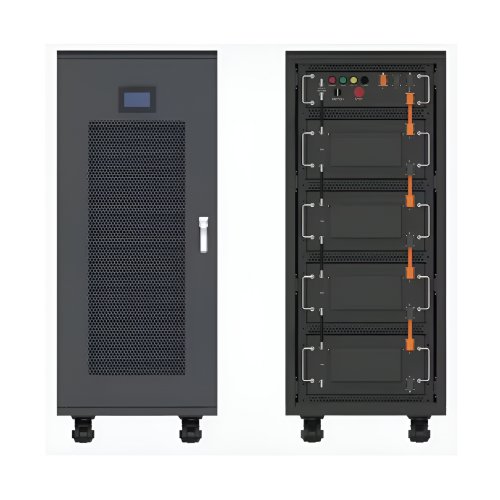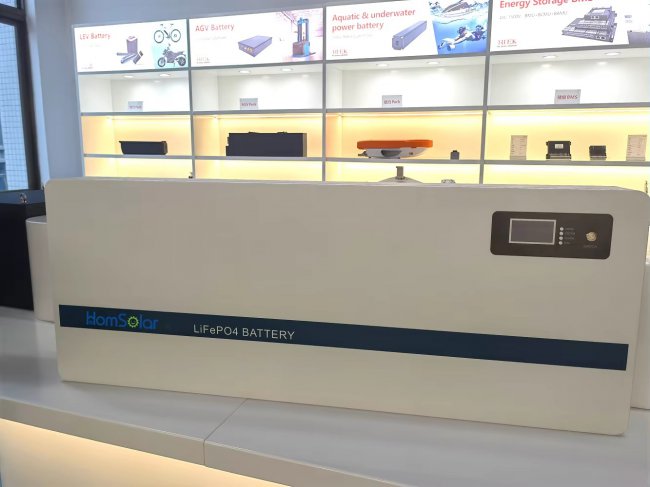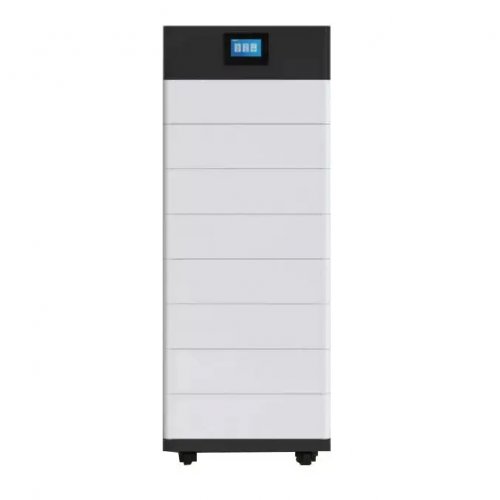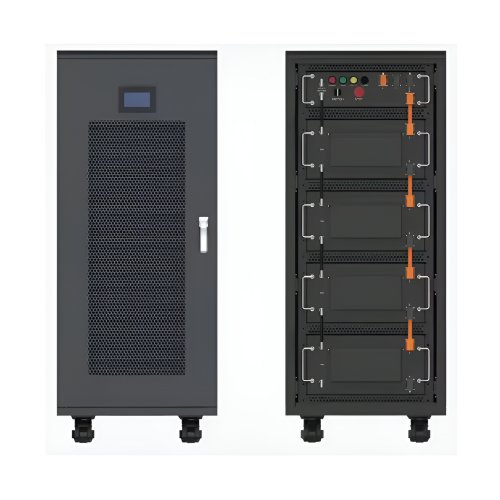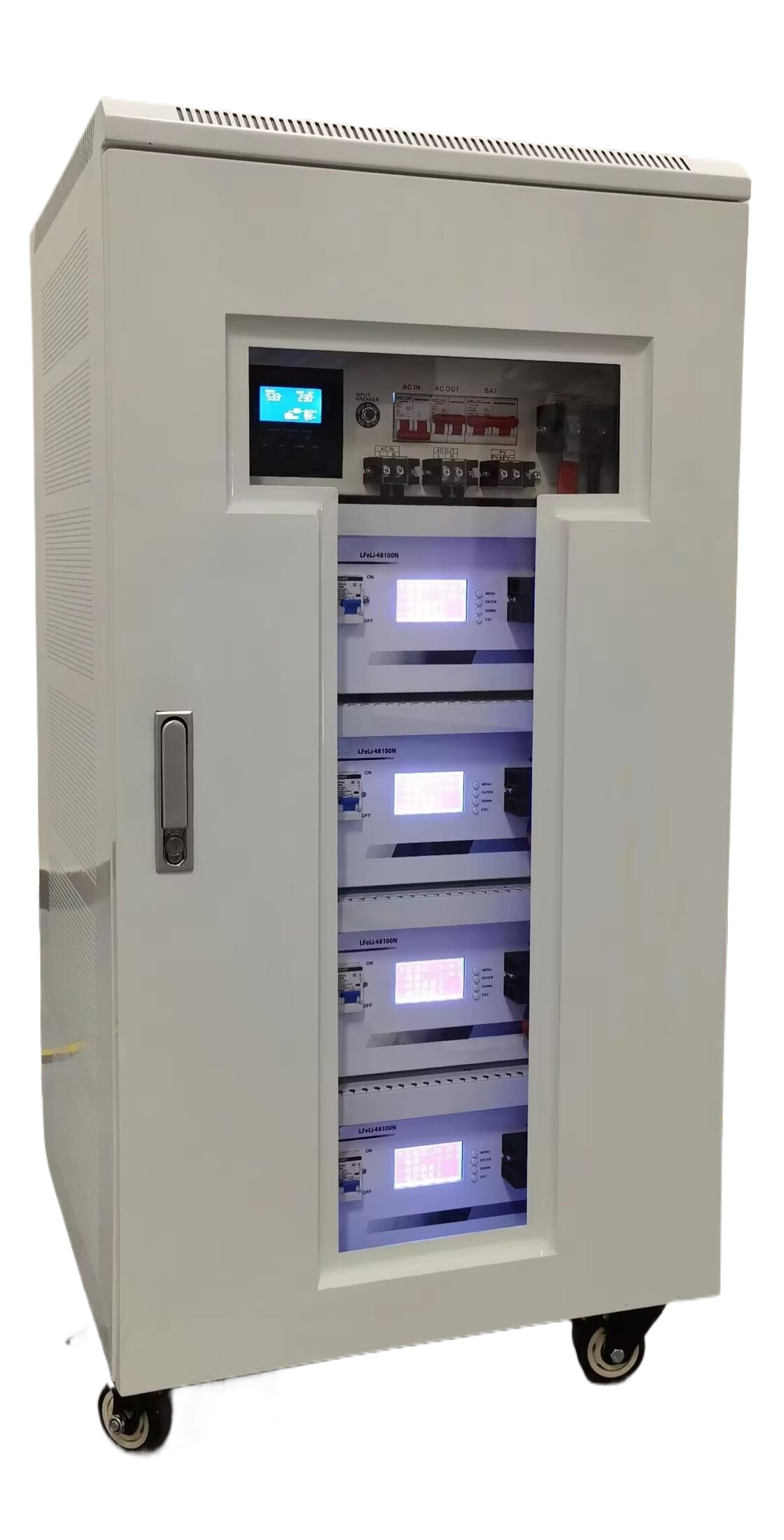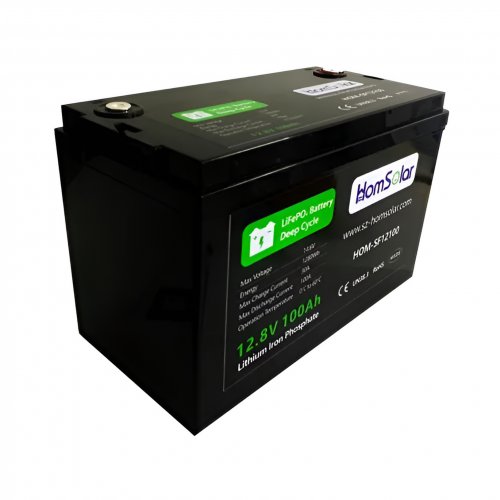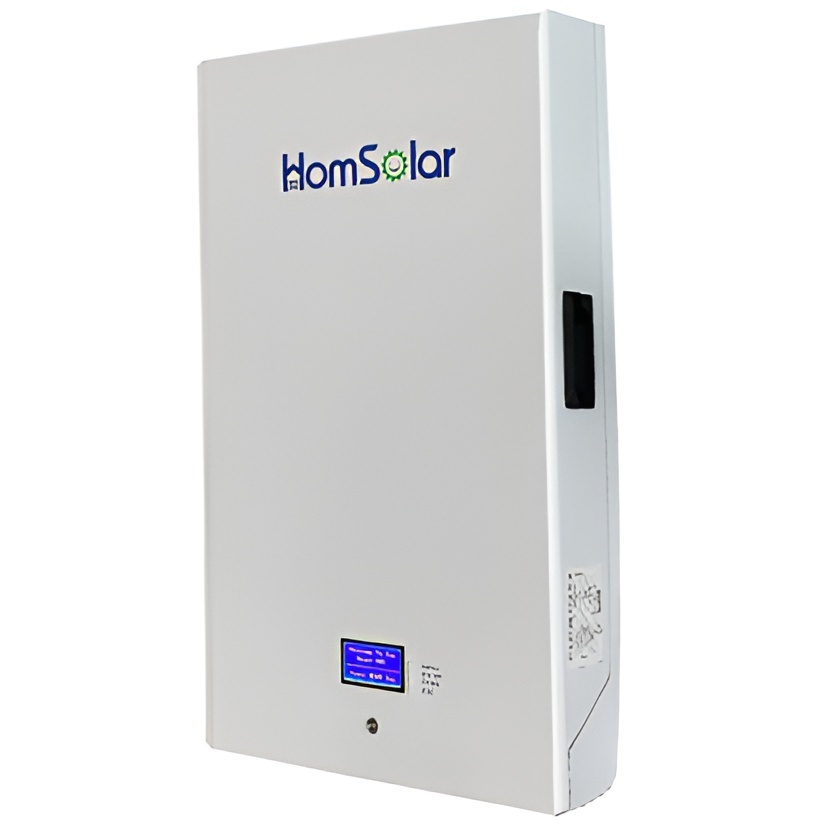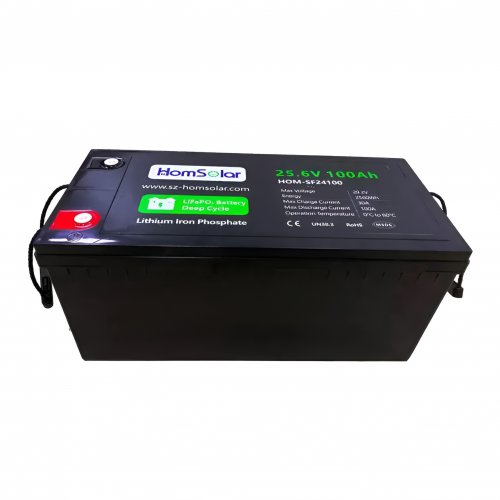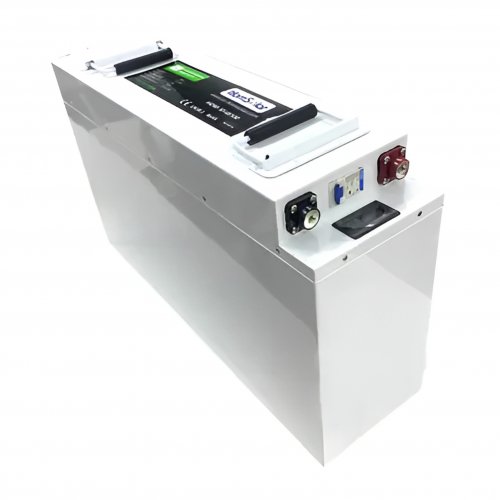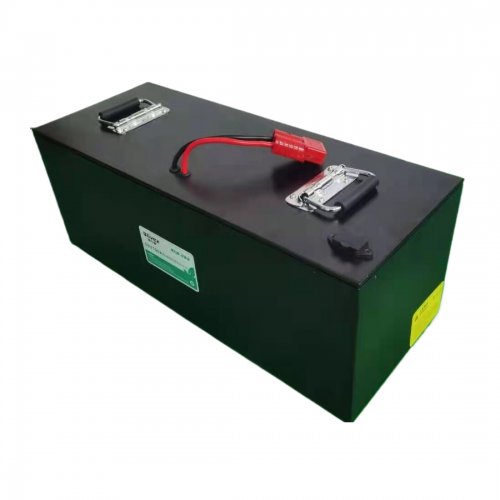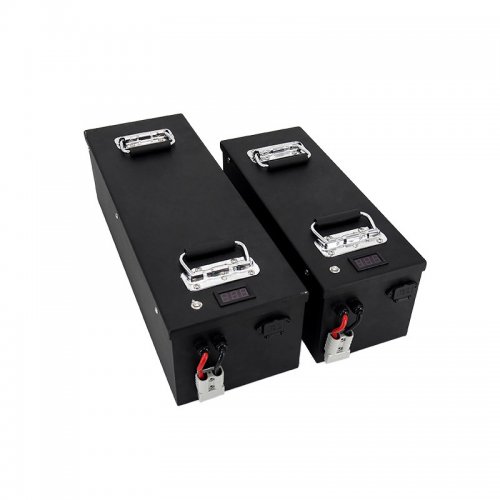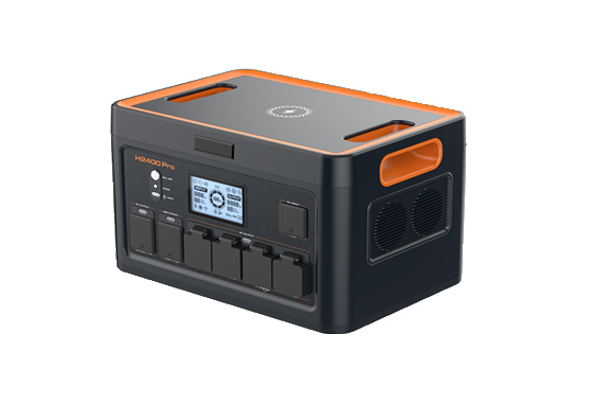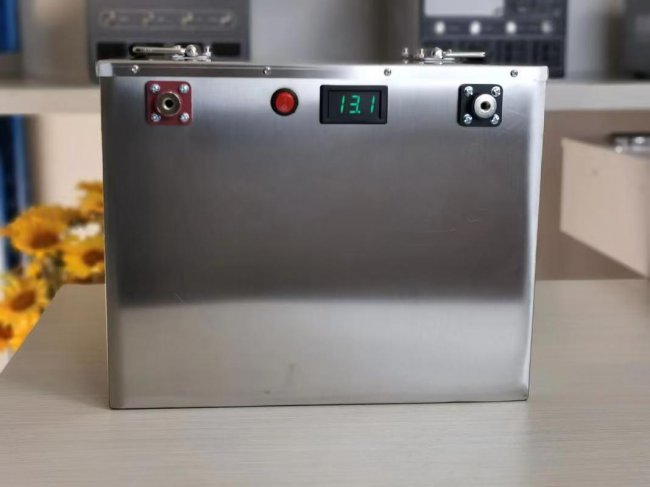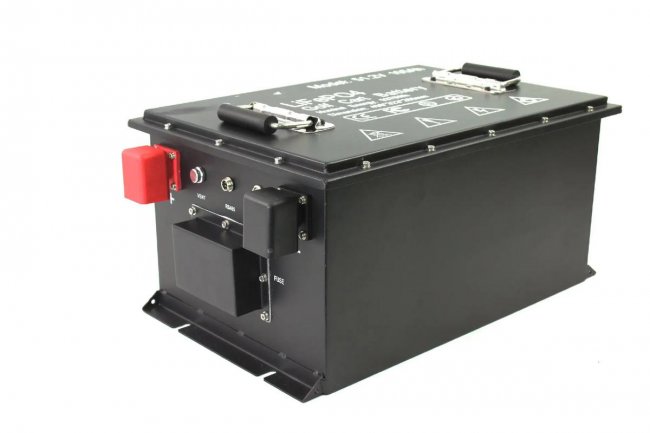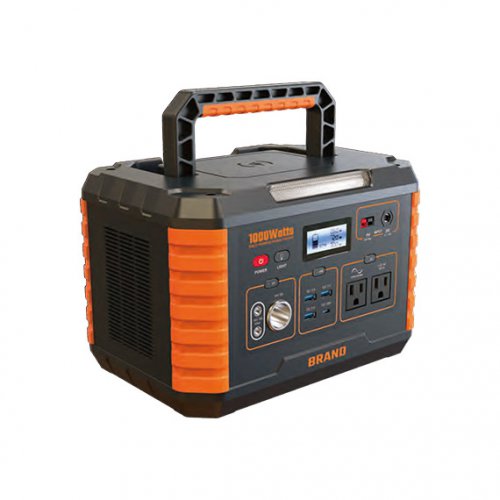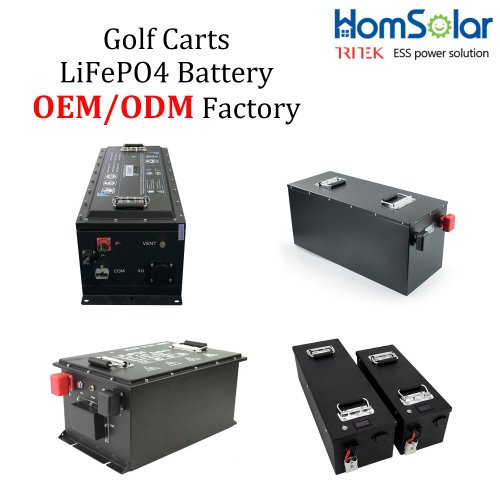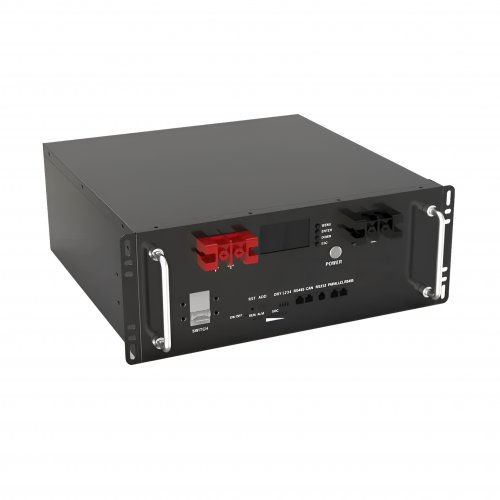Advances In Nanostructured Materials: Recent Breakthroughs And Future Perspectives
Nanostructured materials, characterized by their unique structural features at the nanometer scale (1–100 nm), have emerged as a cornerstone of modern materials science. Their exceptional properties—such as high surface-to-volume ratios, quantum confinement effects, and tunable mechanical, optical, and electronic behaviors—make them indispensable in fields ranging from energy storage to biomedicine. Recent advancements in synthesis techniques, characterization tools, and computational modeling have accelerated the development of these materials, unlocking unprecedented functionalities. This article highlights key breakthroughs, technological innovations, and future directions in nanostructured materials research.
A notable breakthrough is the development offlash Joule heating, a technique that rapidly synthesizes graphene and other 2D materials from low-cost precursors (Tour et al., 2021). This method not only reduces production costs but also scales up manufacturing, addressing a critical bottleneck in industrial applications.
Catalysis has also benefited from nanostructuring. Single-atom catalysts (SACs), where metal atoms are dispersed on nanocarbon supports, exhibit near-100% atomic utilization and superior activity in CO₂ reduction and hydrogen evolution reactions (Wang et al., 2022).
Despite these advances, challenges remain. Scalability, reproducibility, and long-term stability are critical hurdles. For instance, the aggregation of nanoparticles in biological fluids can reduce therapeutic efficacy. Recent solutions include surface modification with polyethylene glycol (PEG) or biomimetic coatings to enhance stability (Zhang et al., 2023).
In energy storage, dendrite formation in lithium-metal batteries remains a safety concern. Researchers have addressed this by designing nanostructured solid-state electrolytes with high ionic conductivity and mechanical robustness (Goodenough et al., 2023).
The future of nanostructured materials lies in multifunctionality and sustainability. Key directions include:
1. AI-Driven Design: Machine learning algorithms are accelerating the discovery of novel nanostructures by predicting properties and optimizing synthesis parameters (Butler et al., 2023). 2. Green Nanofabrication: Eco-friendly synthesis methods, such as plant-extract-mediated nanoparticle synthesis, are gaining traction to reduce environmental impact (Iravani et al., 2023). 3. Quantum Materials: Topological insulators and superconducting nanostructures hold promise for next-generation quantum computing (Hasan et al., 2023).
Nanostructured materials continue to redefine the boundaries of science and technology. With ongoing innovations in synthesis, characterization, and application, they are poised to address global challenges in energy, healthcare, and beyond. Collaborative efforts among academia, industry, and policymakers will be essential to translate laboratory breakthroughs into real-world solutions.Customized/OEM/ODM Service
HomSolar Supports Lifepo4 battery pack customization/OEM/ODM service, welcome to contact us and tell us your needs.


HomSolar: Your One-stop LiFePO4 Battery Pack & ESS Solution Manufacturer
Our line of LiFePO4 (LFP) batteries offer a solution to demanding applications that require a lighter weight, longer life, and higher capacity battery. Features include advanced battery management systems (BMS), Bluetooth® communication and active intelligent monitoring.

Customised Lithium Iron Phosphate Battery Casing
ABS plastic housing, aluminium housing, stainless steel housing and iron housing are available, and can also be designed and customised according to your needs.

HomSolar Smart BMS
Intelligent Battery Management System for HomSolar Energy Storage System. Bluetooth, temperature sensor, LCD display, CAN interface, UART interface also available.


Terminals & Plugs Can Be Customized
A wide range of terminals and plugs can be customised to suit the application needs of your battery products.

Well-designed Solutions for Energy Storage Systems
We will design the perfect energy storage system solution according to your needs, so that you can easily solve the specific industry applications of battery products.



About Our Battery Cells
Our energy storage system products use brand new grade A LiFePO4 cells with a battery lifespan of more than 4,000 charge/discharge cycles.



Applications in Different Industries
We supply customized & OEM battery pack, assemble cells with wiring, fuse and plastic cover, all the cell wires connected to PCB plug or built BMS.
Applications: E-bike, Electric Scooter, Golf Carts, RV, Electric Wheelchair, Electric Tools, Robot Cleaner, Robot Sweeper, Solar Energy Storage System, Emergency Light, Solar Power Light, Medical Equipment, UPS Backup Power Supply.
We can provide you with customized services. We have the ability to provide a vertical supply chain, from single cells to pack/module and to a complete power solution with BMS, etc.


HomSolar (Shenzhen) Technology Co., Ltd







